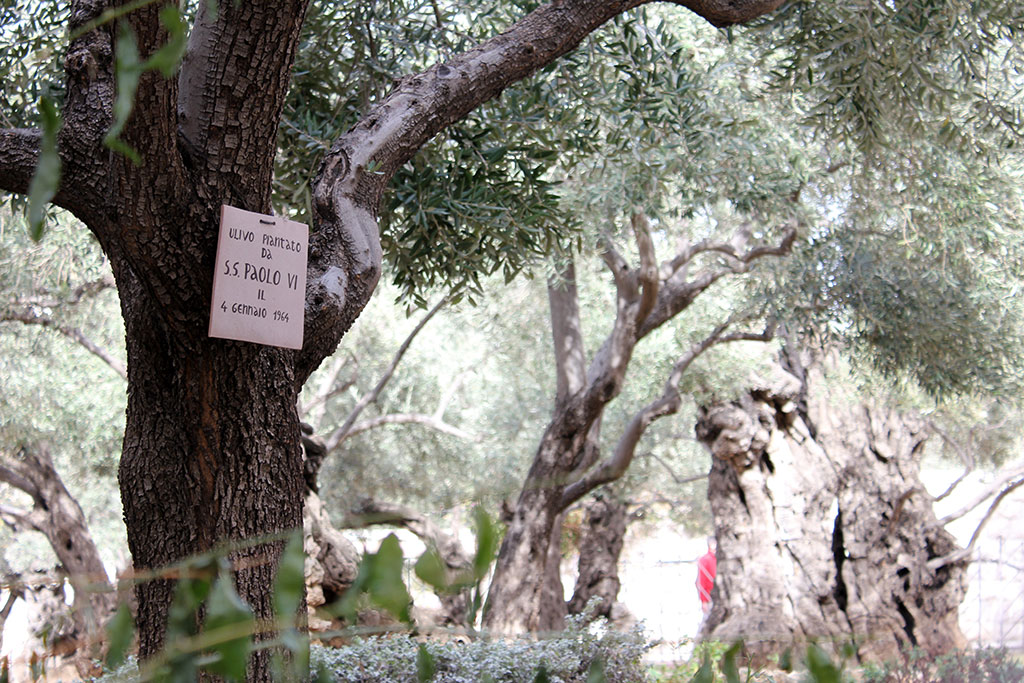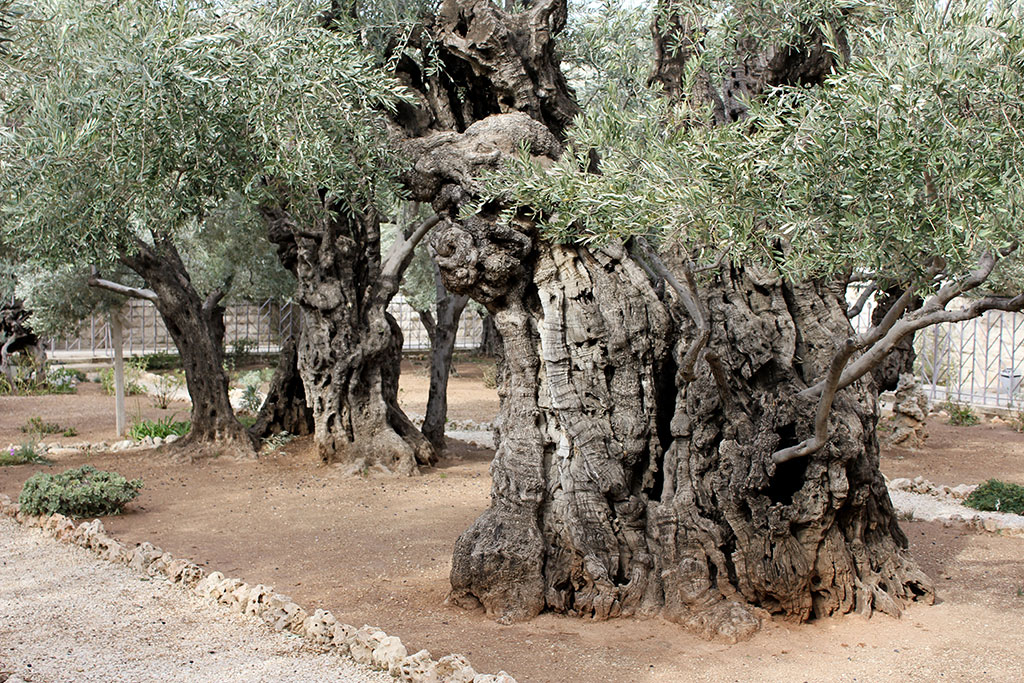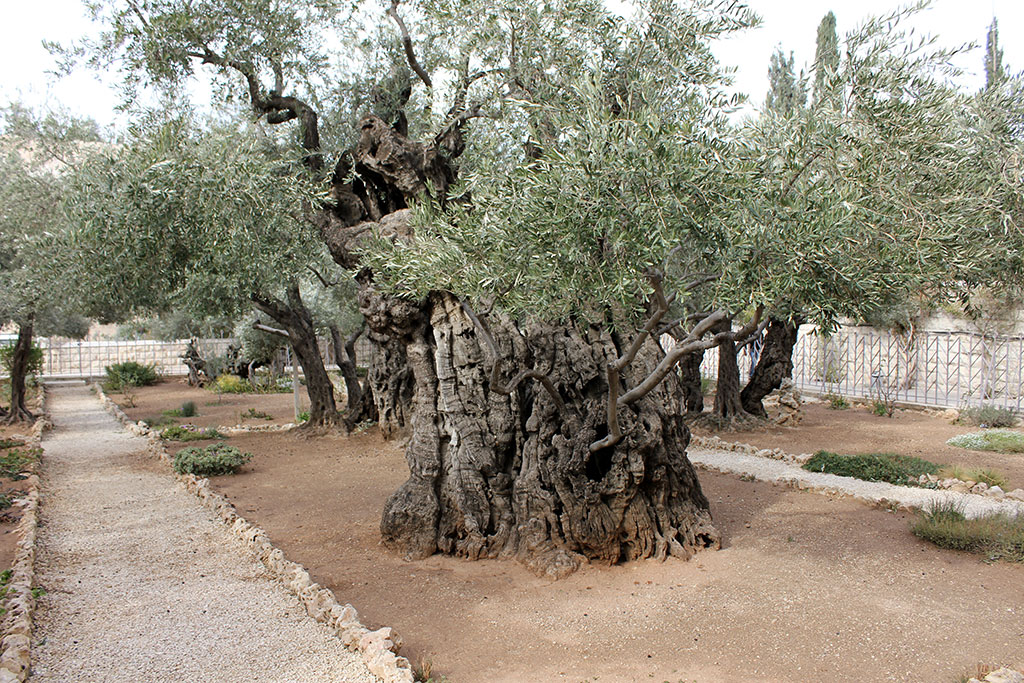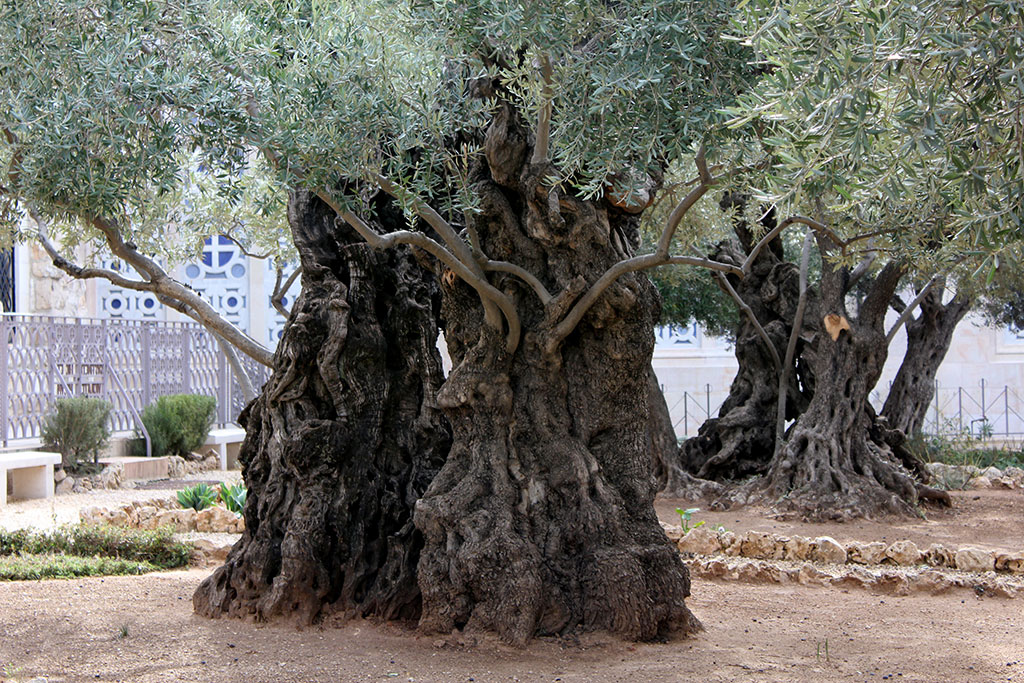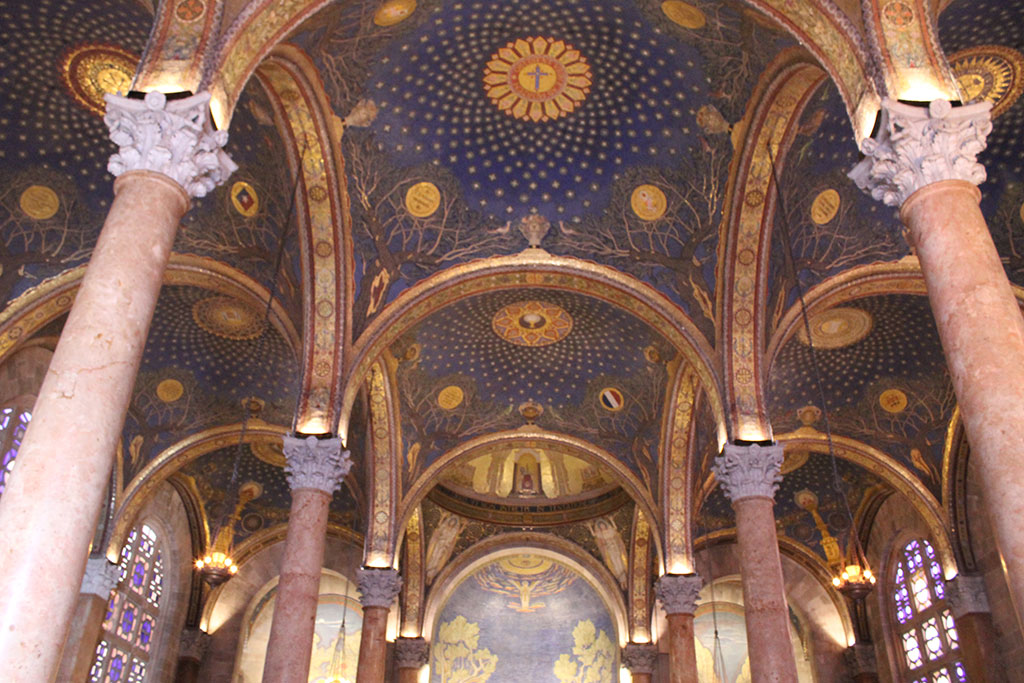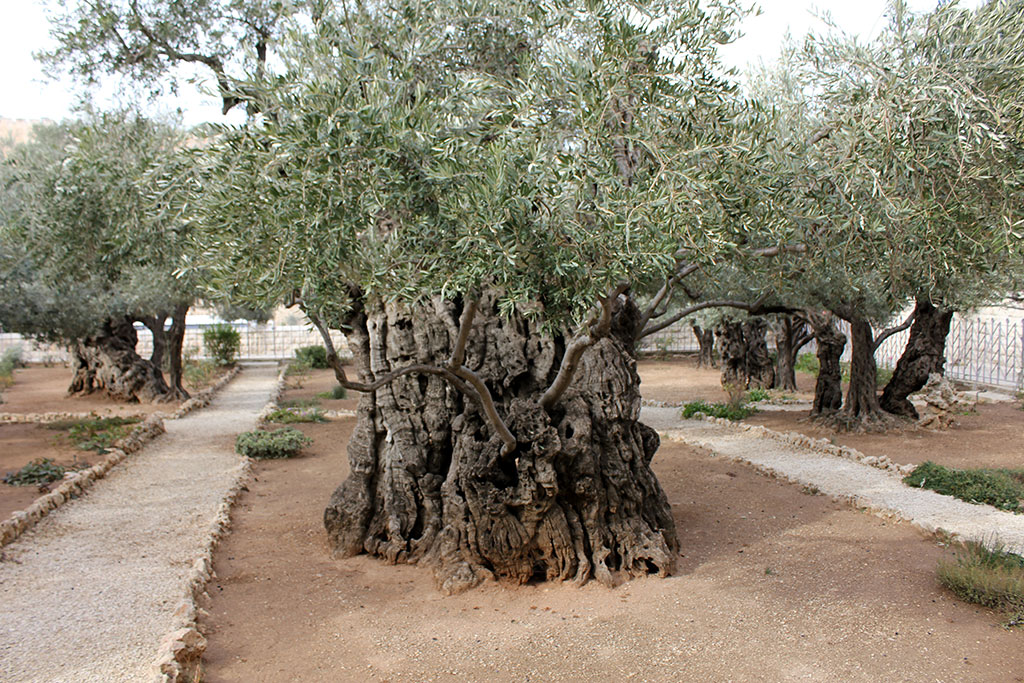The Tombs of the Prophets is an amazing place to understand how true are the prophets, the biblical authors. The Tombs of the Prophets is located in Jerusalem is an important underground chamber in the Mount of Olives.
The burial complex contains many ancient tombs of prophets member of similar prophecy school, all tombs similar engrave in the first temple of Jerusalem style. The large chamber provides you a zoom in the biblical time's atmosphere.
Archaeologists discover in this place inscriptions engraved in rock with the name of three important prophets named in the Old Testament in the Bible, they are Haggai, Zechariah and Malachi, authors of same prophetical books.
The catacomb is believed to be the burial place of Haggai, Zechariah and Malachi, the last three Hebrew Bible prophets who are believed to have lived during the 6th-5th centuries BCE.
Archaeologists have dated the three earliest burial chambers to the 1st century BC, thus contradicting the tradition because the prophets was live in the 5th century BCE.
And He said, Woe to you also, lawyers! For you load men with burdens hard to bear, and you yourselves do not touch the burdens with one of your fingers.Woe to you! For you build the tombs of the prophets, and your fathers killed them.In fact, you bear witness that you approve the deeds of your fathers; for they indeed killed them, and you build their tombs.Therefore the wisdom of God also said, I will send them prophets and apostles, and some of them they will kill and persecute,’that the blood of all the prophets which was shed from the foundation of the world may be required of this generation,from the blood of Abel to the blood of Zechariah who perished between the altar and the temple. Yes, I say to you, it shall be required of this generation.
Luke 11:46–51 NKJV

The chamber forms two concentric passages containing 38 burial niches. The entrance to the large rock-cut burial cave is on the western side, where a staircase descends, flanked on both sides by a stone balustrade. It leads into a large circular central vault measuring 24 ft in diameter. From it, two parallel tunnels, 5 ft wide and 10 ft high, stretch some 20 yards through the rock. A third tunnel runs in another direction. They are all connected by cross galleries, the outer one of which measures 40 yards in length.
Research shows that the complex actually dates from the 1st-century BCE, when these style of tombs came into use for Jewish burial. Some Greek inscriptions discovered at the site suggest the cave was re-used to bury foreign Christians during the 4th and 5th centuries CE. On one of the side walls of the vault, a Greek inscription translates:
Put thy faith in God, Dometila: No human creature is immortal!
The site has been venerated by the Jews since medieval times, and they often visited the site. In 1882, Archimandrite Antonine (Kapustin) acquired the location for the Russian Orthodox Church.
He planned to build a church at the site, which aroused strong protests by the Jews who visited and worshipped at the cave. The Ottoman courts ruled in 1890 that the transaction was binding but the Russians agreed not to display Christian symbols or icons at the site which was to remain accessible for people of all faiths.






